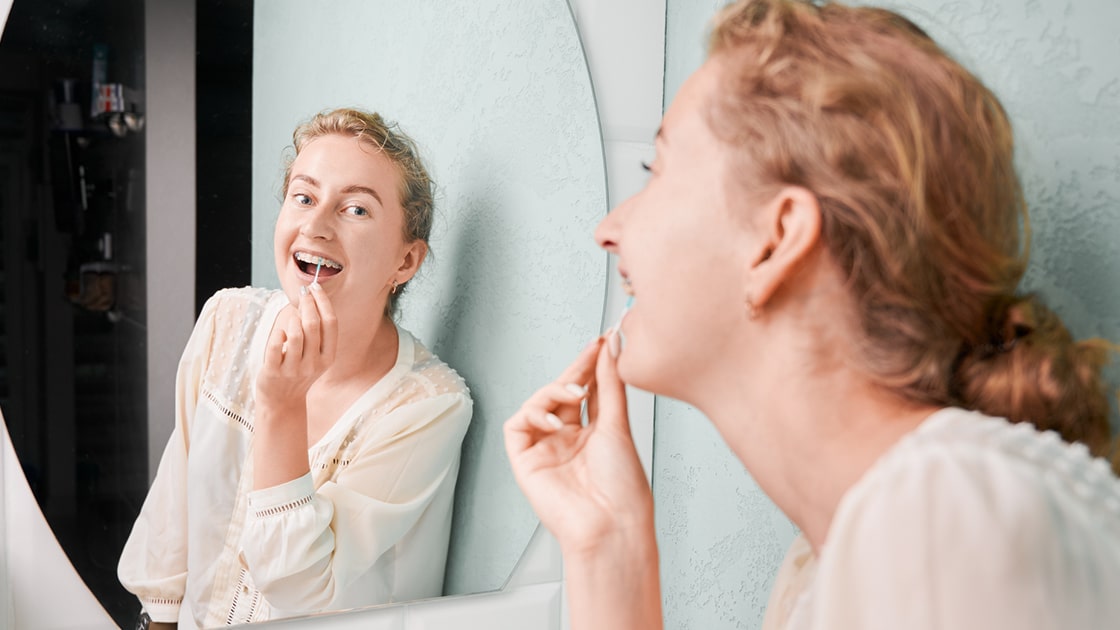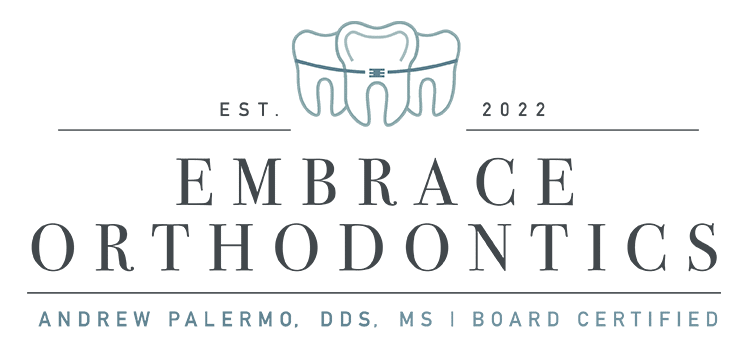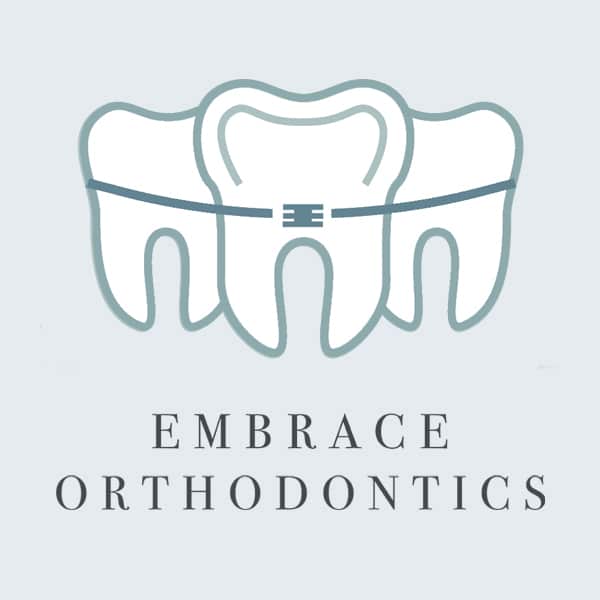
When most people think about having braces, they assume that there will be many foods and activities that they will not be able to enjoy. Well, have no fear because while getting braces can mean doing things a little differently for a while, it should not cause major changes in your day-to-day activities. You will still be able to enjoy eating out, singing, playing a musical instrument or sport, or even having pictures taken. We will be happy to answer any questions you may have about life with braces.

